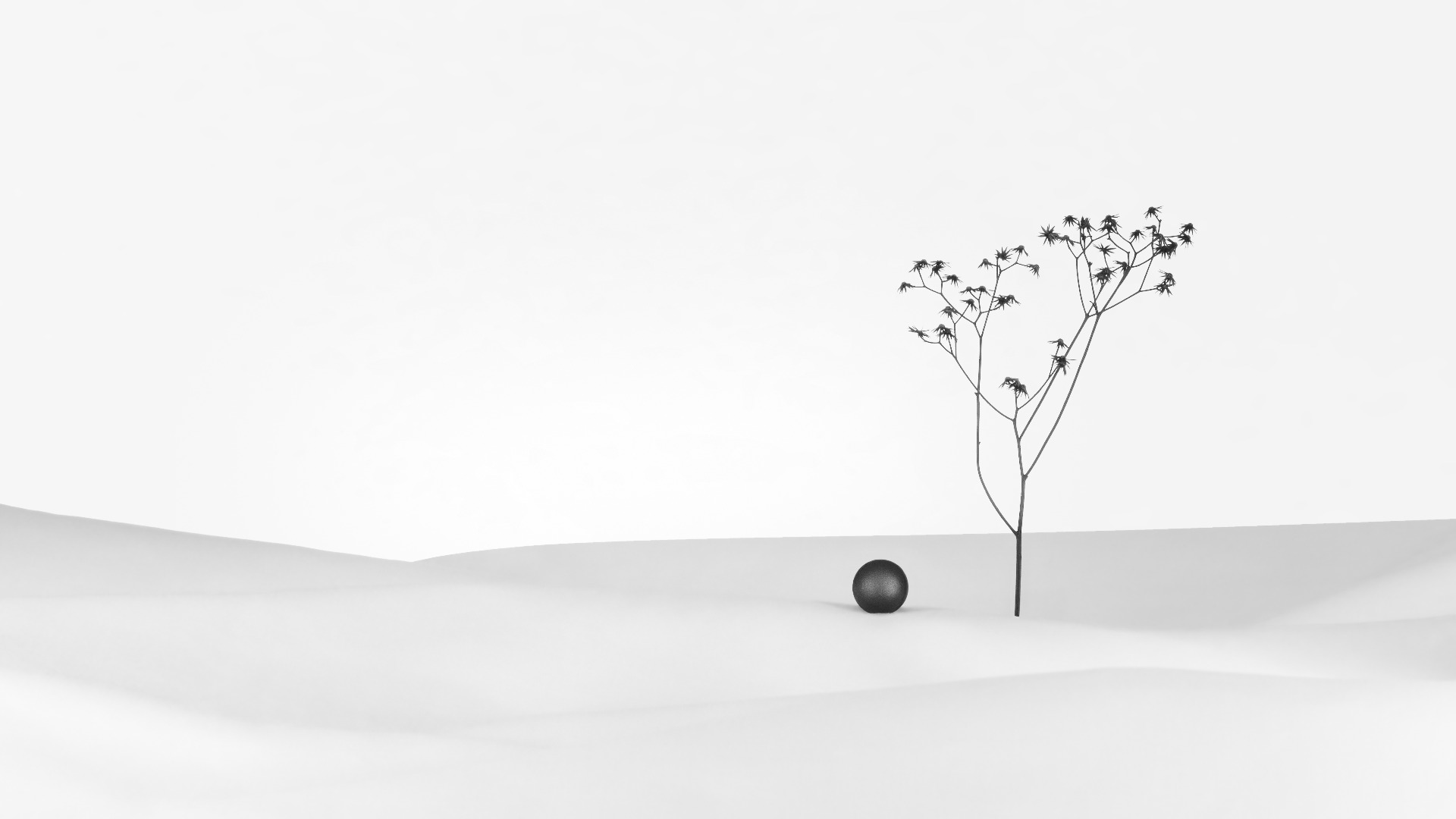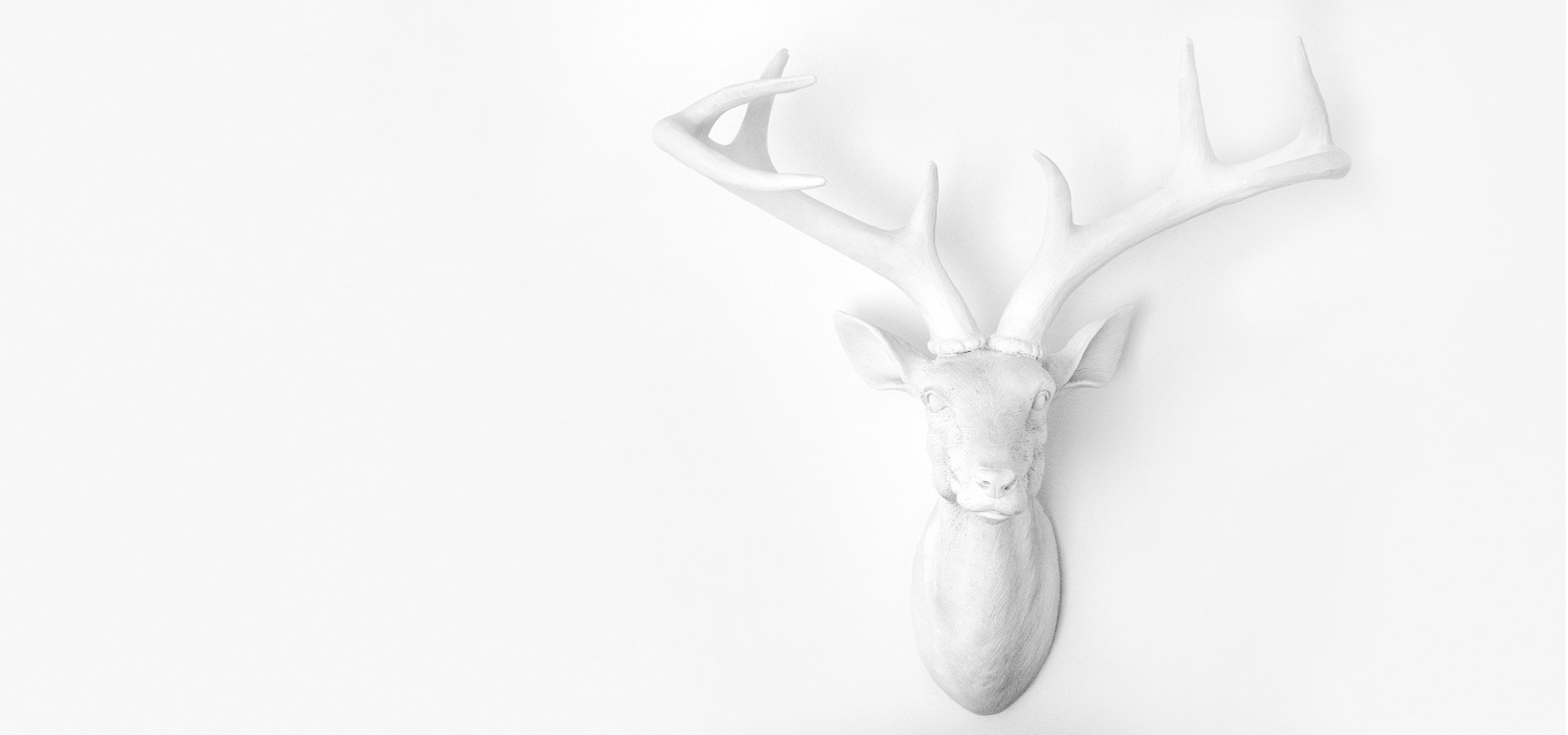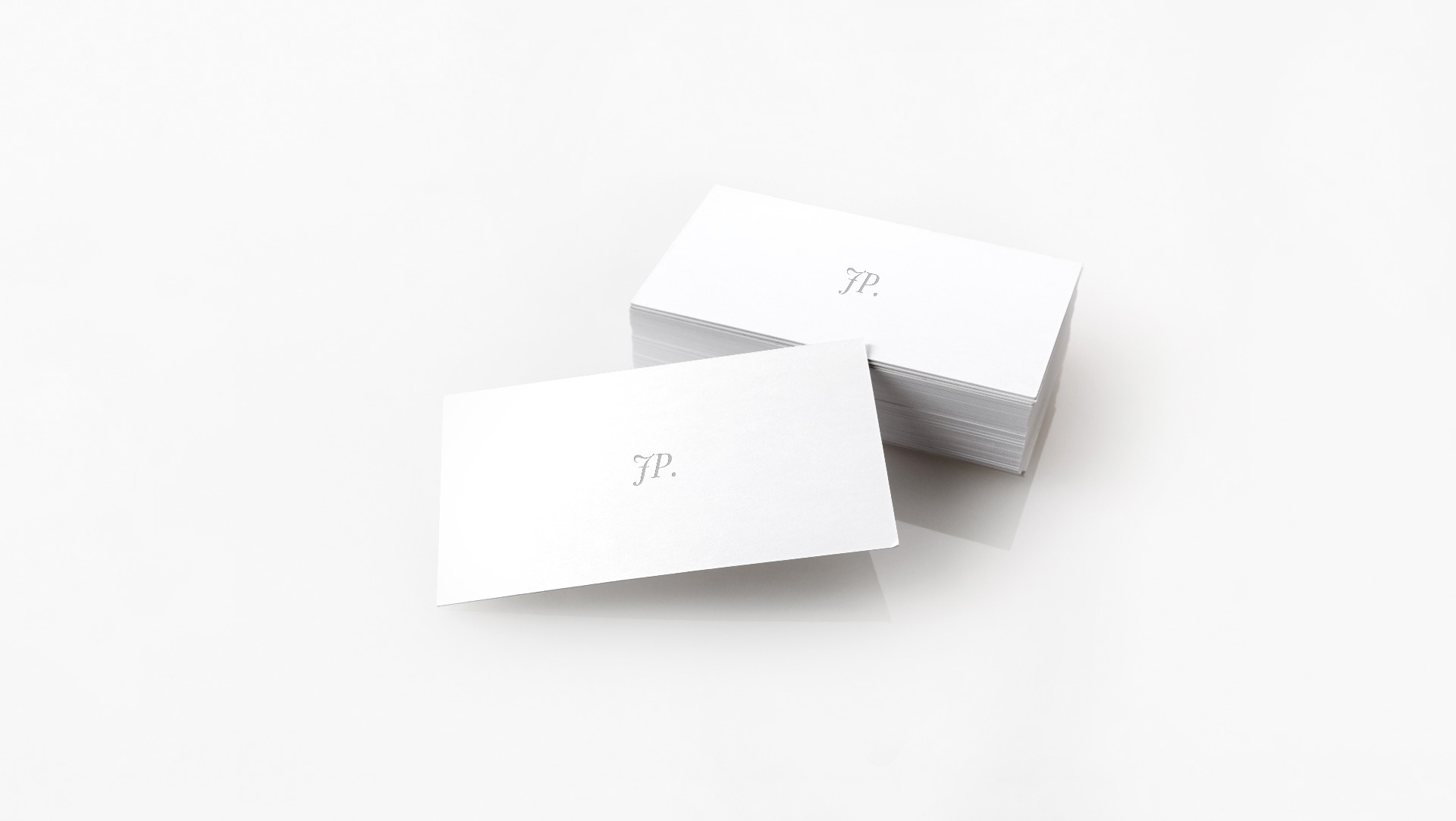Clock parts setting up is a flexible means to produce timepieces that have both the type and also functionality you truly want. Structure from clock parts suggests that you go back to square one, assembling the function set and also exact look genuinely desired. The result is that your item will be something not discovered anywhere else.
To obtain the clock parts you have to find a vendor. One strategy is to plan the job totally initially before consulting the vendor; an additional method is to search the distributor's offerings first to inform as well as motivate your style. However due to the fact that you are buying independent parts you have to make sure that they are all suitable with each other.
This article doesn't look into the clock situation or framework, as that runs out range and there are many different resources for them. Rather, the focus is on providing pointers for producing an useful watch. Absolutely nothing is inherently challenging regarding components setting up, however we presume at the very least modest ability being used one's hands and facility with the most basic of tools, mostly pliers as well as wrenches.
The principal, or core, component is the clock movement, which is likewise called the clock electric motor. This part is essentially the engine that converts sequences of timing pulses right into placing (amount of turning) of all the hands. Typical movements were mechanically operated, while modern ones function online, with the timing pulses generated by a quartz crystal.
The pulse stream is subdivided down into specific secs, activating the "tick" of a shaft to which the second hand is affixed. More community regulates the movement of the hour as well as min hands, additionally connected to concentric shafts. The shaft real estate is also the means for connecting the motor to the case.
The threaded part of the shaft housing has to protrude beyond the mounting hole by around 1/8". You can compensate for a better protrusion with shimming washers, yet you can't compensate for one as well short. The movement is protected to the clock confront with a hex nut.
Criterion clock movements are developed for wrist watches less than around 14" in size. Yet they do not have the torque to turn the hands for larger clocks because the additional length adds way too much weight. In such a situation you have to get a high-torque variation of the electric motor.
The used is optional, as well as if it is included there are two various styles. One design aesthetically (and also possibly audibly) ticks the hand with a jerk movement, while the other design applies a continuous sweep previously owned. This choice is made with the selection of the motion, and it offers you a way to customize your clock.
Much more individual taste is shared by the type of dial you choose. Place some consideration right into the history color as well as into the style as well as shade of the characters or symbols marking the hours (along with minute marks if present). Numerals are readily available in Roman or Arabic.
Don't choose the dial until you have likewise evaluated hands, as these components require stylistically and size-wise to match. The hand and dial designs do not necessarily need to equal, yet they need to enhance each other. Likewise, the color of the hands should contrast highly with the dial's history shade.
Of course, if you choose a clock activity that provides extra features, you need to provide the components that show them. This might take the form of a special dial and fourth hand to show the day of the week, the date, or trend level. It might also take the kind of chiming or an oscillating attachment for swinging a pendulum hour hands for clocks.
Be complete when selecting components, as this will certainly make assembly go smoothly. Yet during selection remember your general vision of an unique watch that will not be found off the rack. Bear in mind these ideas to make clock components setting up fun and satisfying.




